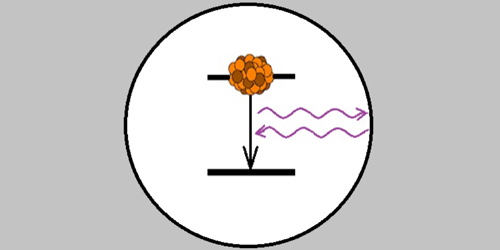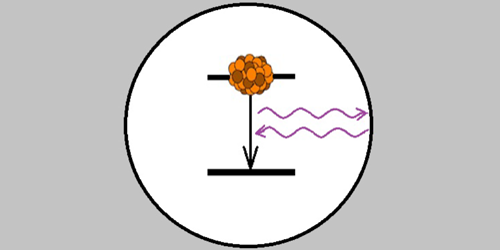Controlling the Rate of Nuclear Decay
Atomic clocks—the gold standard in timekeeping—depend on transitions between the electronic energy levels of an atom. Recent proposals, however, suggest that atomic clocks that rely on a nuclear transition, rather than on an electronic one, could provide even greater accuracy. Currently, the best candidate nucleus is the radioactive element thorium-229. Achieving the best precision, however, will require the ability to control the rate of the nuclear transition. Now Eugene Tkalya of Moscow State University has proposed that this could be done by embedding thorium-229 in a cavity or a thin film.
It’s well known that the rate of spontaneous emission of an atom or a molecule can change depending on the electromagnetic modes of the environment in which the particle is placed. This so-called Purcell effect, which is routinely observed in optical cavities, should, in principle, affect nuclear transitions in the same way. However, the frequency of the radiation emitted in most nuclear transitions is too large compared with the frequencies of the electromagnetic modes of typical optical cavities. Thorium-229 is an exception because it has the lowest-known nuclear transition energy.
Tkalya theoretically analyzed how different electromagnetic environments affect the rate at which the nucleus of thorium-229 decays from its lowest excited nuclear state via emission of a gamma-ray photon. He found that when the atom is embedded in a dielectric sphere or a thin film, its decay rate can increase or decrease by a factor of up to 50, depending on the size of the enclosure. Slowing this decay rate would narrow the emission line of the nuclear transition, which, in turn, could boost the accuracy of a nuclear clock based on such a transition.
This research is published in Physical Review Letters.
–Christopher Crockett
Christopher Crockett is a freelance writer based in Montgomery, Alabama.





